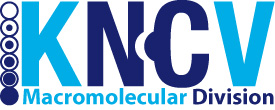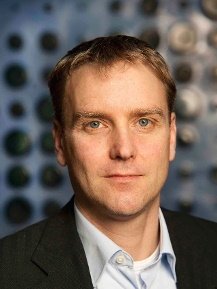Research overview
Soft Matter
Structural architectures in living cells, such as the cytoskeleton in muscle or plant tissue, are both viscoelastic and active, i.e. undergo continuous injection of energy, leading to remarkable collective, non-equilibrium properties. The thermodynamics, kinetics and statistical mechanics of such systems are far from understood. While active fluids (swarms, swimmers) have seen an explosion of interest recently, their solid (elastic) counterparts remain completely unexplored and understanding such phenomena remains one of the grand challenges of modern statistical physics.
Patchy particles provide a model system for exploring complex molecular structures with high controllability. Patchy particles are micron-sized colloidal particles dressed with patches that are able to form bonds under specific solvent compositions and temperatures. While patchy particles are big enough to be observed in experiment under e.g. a confocal microscope, they are small enough to exhibit similar statistical behavior as atoms and molecules. In addition, patchy particles are a mesoscopic structural analogue of carbon atoms. Divalent patchy particles make linear bonds like sp hybridized carbon atoms and act as monomers forming chains as shown in the background. Tetravalent patchy particles make tetrahedral bonds and may form rings with a half-chair or envelope conformation like cyclopentane. In collaboration with the experimental Soft Matter group we explore active patchy particle architectures, by using advanced simulation methods, including path sampling.
Computational Polymer Chemistry and Science for Arts
The group aims at fundamental understanding of chemical and physical processes in a wide range of polymer systems, from oil paint layers to industrially produced compounds, covering polymerization and long-term degradation. We take a macroscopic perspective using Chemical Engineering modeling tools to describe chemical kinetics and transport phenomena. The group collaborates with industries like Canon Production Printing Netherlands in Venlo, Sabic in Geleen, BASF in Ludwigshafen, but also with the Rijksmuseum and the Netherlands Institute for Conservation, Art and Science, NICAS.



